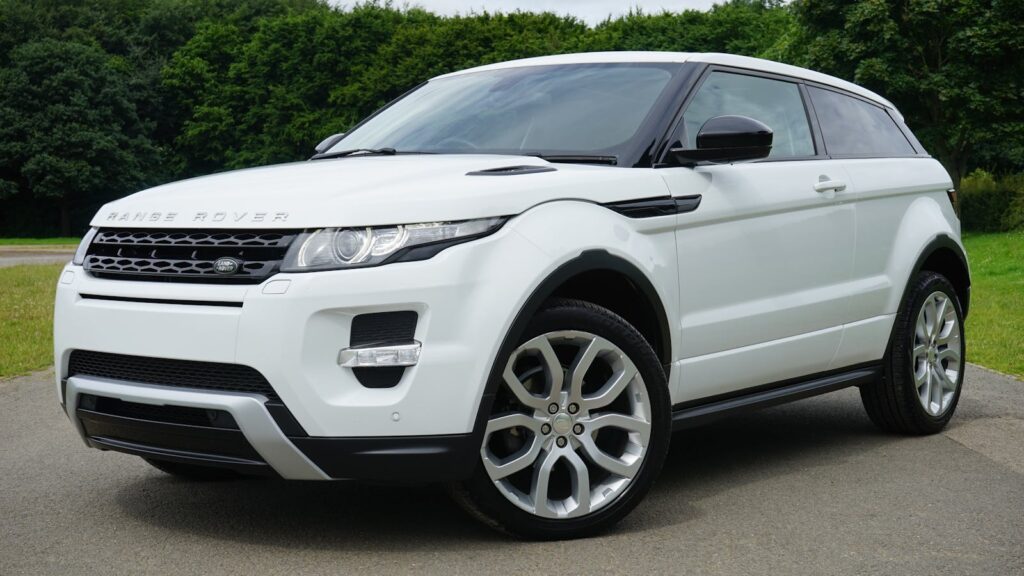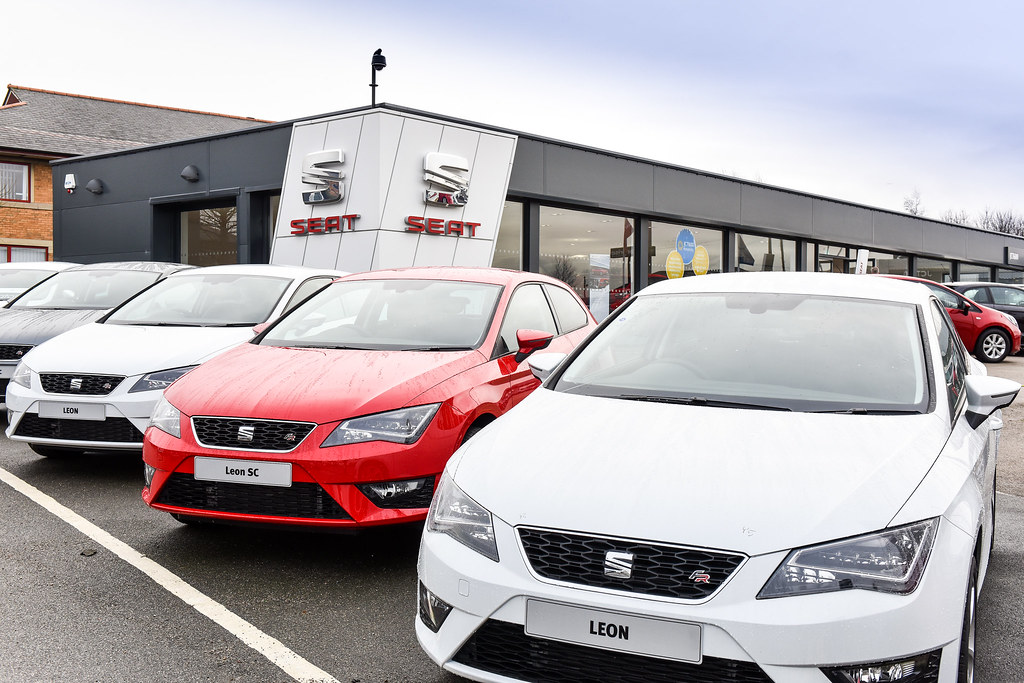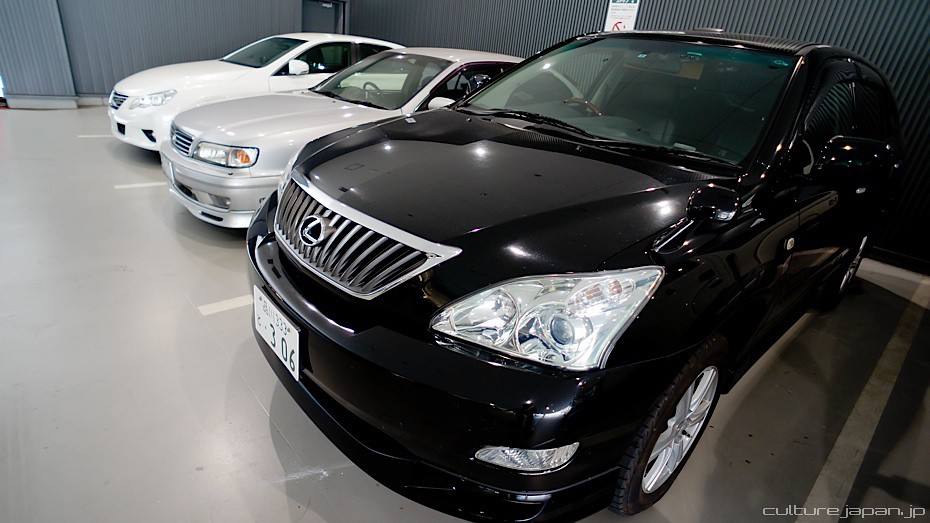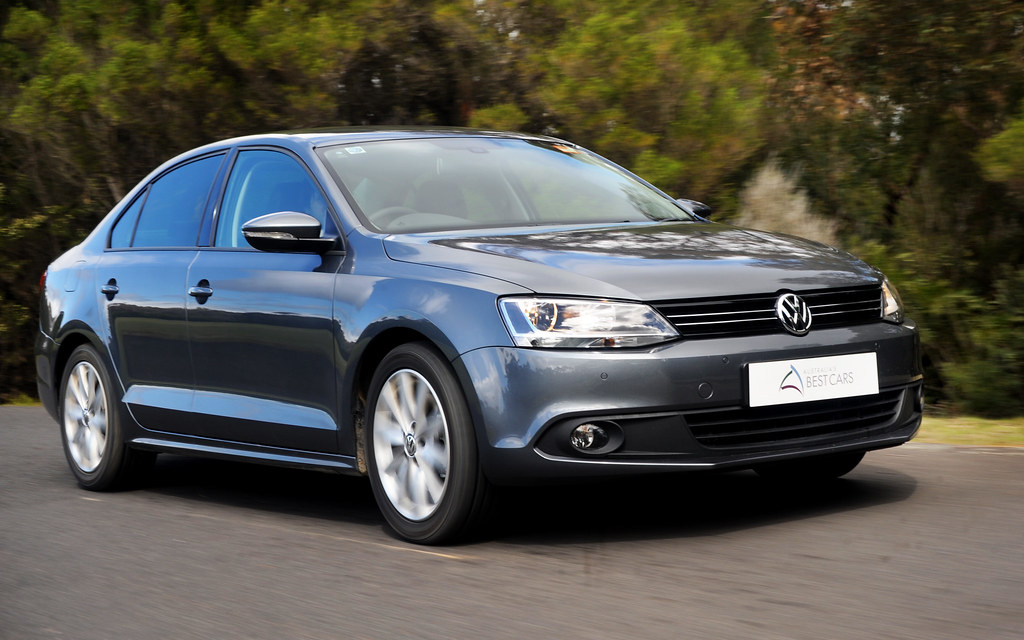
The automotive world is experiencing an unprecedented transformation. As we move into 2025, the electric vehicle (EV) revolution has firmly entered the mainstream. This dramatic acceleration in EV adoption, fueled by technological advancements, environmental concerns, and a growing infrastructure, brings with it a fascinating evolution in how we think about auto insurance. For every EV owner, understanding these changes is essential for smart financial planning and peace of mind.
This transformation goes beyond just new car models; it reshapes the very structure and pricing of auto insurance policies. Traditional insurance models, designed for gasoline-powered vehicles, weren’t built with the unique characteristics of electric drivetrains, high-value batteries, and advanced digital systems in mind. Consequently, the insurance industry has rapidly adapted, introducing specialized coverage and recalibrating risk assessments for EV ownership.
In this comprehensive guide, we’ll delve deep into how auto insurance is specifically changing for electric vehicle owners in 2025. We’ll explore the fundamental differences, uncover key factors influencing premiums, and illuminate new considerations every EV driver must grasp. From the inherent value of EV components to emerging repair networks, we’ll lay out the landscape of EV insurance, ensuring you’re well-equipped to make the best choices for your electric investment.

1. **The Accelerating Rise of Electric Vehicles**The surge in electric vehicle popularity isn’t just a trend; it’s a monumental shift. In 2025, EV adoption has accelerated dramatically, moving from a small percentage of new car sales to a significant market presence. This growth is underpinned by robust tax incentives, expanding charging infrastructure, and increased consumer interest in sustainable technology. Owning an electric car is no longer unusual, with over a dozen automakers now offering EVs across all price ranges.
The data underscores this burgeoning market. As of 2025, over 2 million EVs are registered in the U.S. alone, with 1.3 million sold in the USA in 2024, constituting 8.7% of new car sales, according to Kelley Blue Book. This widespread adoption means insurers now have more data and experience with EV claims, allowing them to better assess and price risks. This maturation has, in turn, spurred the insurance industry to adapt and evolve its offerings.
This growing popularity directly impacts the insurance landscape. Insurers are no longer dealing with a niche product; they are responding to a mainstream phenomenon. This forces them to innovate and develop policies that cater specifically to the distinct characteristics of EVs, from their quiet operation—which, interestingly, increases pedestrian risks according to the NAIC (2024)—to their high-tech components. The sheer volume of EVs on the road means that general market trends and data points are becoming increasingly reliable.
The shift is undeniable, and as more people embrace electric driving, the ripple effects are felt across all related industries, particularly insurance. This accelerating rise isn’t just about selling cars; it’s about reshaping the entire ecosystem around automotive ownership, with insurance being a critical component of that transformation.
Read more about: Beyond the Showroom: 14 Transformative Digital Shifts Reshaping Car Dealerships by 2035

2. **Overall Impact on Insurance Premiums: Higher Costs, Slowing Increases**For many years, insuring an electric vehicle was significantly more expensive than a comparable gasoline car. In 2025, this trend continues, but with a nuance: while EV insurance still carries a notably higher price tag, the overall rate of increase in auto insurance premiums is showing signs of slowing. The average auto insurance rate increase is around 7.5%, yet for EVs, premiums remain distinctively elevated.
On average, insuring a new EV is expected to be 23% more expensive than its gasoline-powered counterpart. This disparity arises from a complex interplay of factors insurers account for. EVs introduce unique elements of risk and cost, such as their higher purchase price, averaging $55,500 compared to $49,700 for gas vehicles (per AAA 2025). This directly impacts replacement costs and the Insured Declared Value (IDV).
The average EV premium in 2025 is around $1,500/year, while an ICE vehicle premium sits at approximately $1,300/year. This indicates a persistent difference, even as the market matures. Insurers are adjusting, but the inherent characteristics of EVs still push premiums higher. This includes the advanced safety technologies often found in EVs. While these features can mitigate accident risks and potentially lead to discounts, the initial cost of coverage remains high due to factors such as specialized repairs and the vehicle’s overall value.
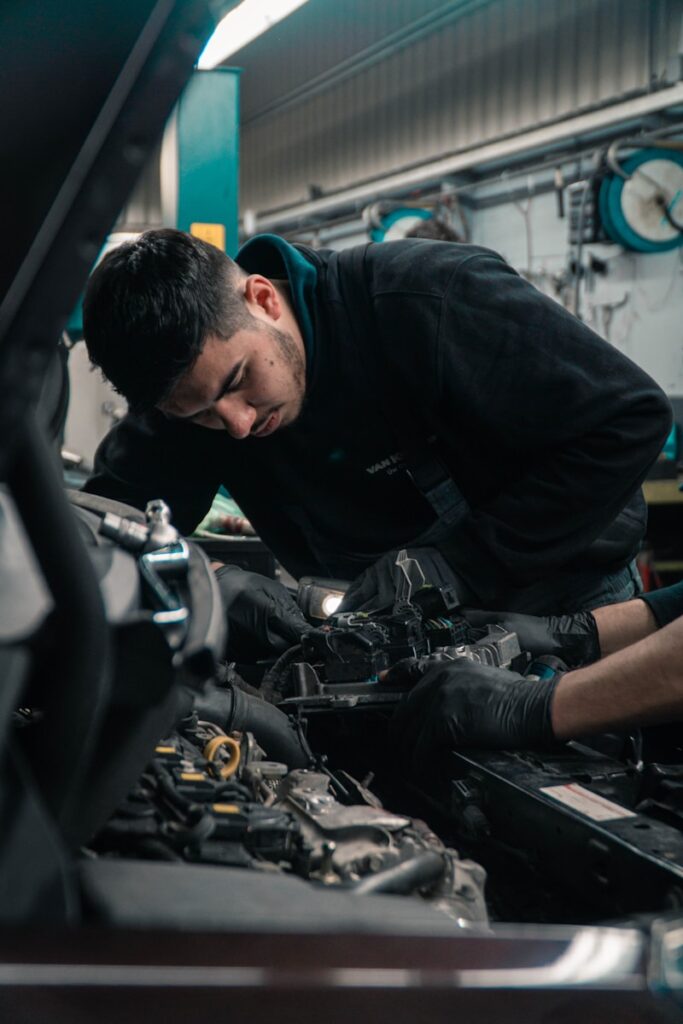
3. **The Specialized Nature of EV Repair Costs**The specialized nature and elevated cost of repairs significantly contribute to higher EV insurance premiums. Electric vehicles are built fundamentally differently from traditional gasoline-powered cars. While they often require less routine maintenance, accident repairs can be far more complex and expensive for insurers to cover.
The most substantial cost factor lies within the EV battery. These sophisticated components cost thousands of dollars to replace, sometimes making up as much as 30–50% of the vehicle’s total value, with replacement costs ranging between $5,000 and $15,000. Even minor accidents damaging the battery pack can lead to extremely high claims, which insurers must factor into risk assessments.
Beyond the battery, EVs rely heavily on advanced electronics and sophisticated sensors for advanced driver-assistance systems (ADAS). Features like automatic emergency braking, while enhancing safety, are costly to repair. Replacing or recalibrating a single ADAS sensor can cost far more than repairing conventional components, contributing to EV repair costs being 20–30% more expensive due to specialized parts and labor. These realities push premiums higher.
Read more about: The 15 Worst Protein Intake Myths That Trainers Wish You Would Stop Overdoing
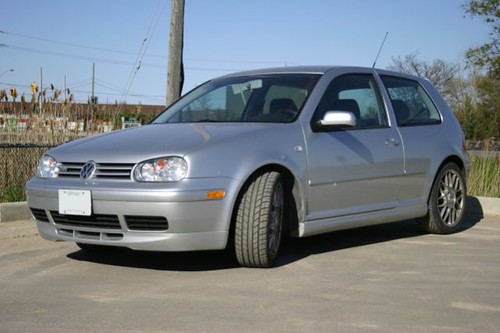
4. **Higher Insured Declared Value (IDV) and Depreciation Nuances**Electric vehicles generally command a higher market value when new compared to their gasoline counterparts. This elevated purchase price directly translates to a higher Insured Declared Value (IDV) for the vehicle. As the maximum amount an insurer will pay in the event of total loss or theft, a higher IDV naturally results in increased insurance premiums.
EV valuation, however, extends beyond just the initial purchase price. EVs may depreciate faster than gas vehicles, according to AAA (2022). This “resale value uncertainty” is a factor insurers consider. New car replacement coverage is particularly useful for EVs due to this depreciation pattern, providing a new model without depreciation if totaled, though this add-on contributes to the premium.
The higher IDV primarily stems from advanced technology, specialized components, and innovative design. Luxury models like the Lucid Air or Porsche Taycan exemplify this, carrying higher premiums due to expensive parts and cutting-edge technology. Even mass-market EVs often have a higher IDV than many traditional sedans, contributing to their elevated insurance costs.

5. **The Evolving Landscape of Specialized Repair Networks**The unique construction and advanced technology of electric vehicles necessitate a specialized approach to repairs, leading to the emergence of specific repair networks. Not every body shop is equipped or certified to handle EV repairs, and this limited availability of qualified technicians and facilities significantly impacts insurance costs.
Certified EV repair shops often charge more due to specialized training for high-voltage battery systems and complex electronic components, along with investments in specialized equipment. These increased operational costs are passed on to insurers, influencing premiums. Furthermore, the scarcity of suitable facilities can lead to longer repair times, increasing insurer costs for rental car coverage.
As the EV market matures, more insurers are building exclusive repair networks with certified EV technicians. These networks ensure quicker, safer, and often more cost-effective repairs by streamlining the process and utilizing expertise in battery diagnostics and high-voltage systems. Access to these specialized networks is becoming a major selling point for EV insurance policies.
Read more about: 12 Simple Steps to Shield Your Identity: A Lifehacker’s Guide to Deepfake Protection

6. **Innovative Battery-Specific Coverage Options**A significant change in 2025 is the widespread introduction of innovative, battery-specific coverage options, recognizing the battery as the most valuable and vulnerable EV component. For years, EV owners worried about the immense cost of battery replacement, ranging from $4,000 to $20,000, and whether standard policies would cover issues beyond warranty limitations.
Many providers now offer endorsements specifically covering battery damage, degradation, or replacement outside the manufacturer’s warranty. This crucial layer of protection addresses the single most expensive potential repair. Policies may explicitly cover battery replacement, electrical systems, and powertrain components. For instance, Tesla Insurance offers Battery and Drive Unit Coverage for up to 8 years or 120,000 miles.
This specialized coverage extends beyond accident damage. While comprehensive policies cover battery damage from perils like fire or flood, new endorsements fill gaps, addressing degradation or manufacturing defects not covered by standard warranties. This evolution directly responds to the unique cost and importance of EV batteries, reflecting a maturing insurance market adapting to EV ownership realities.
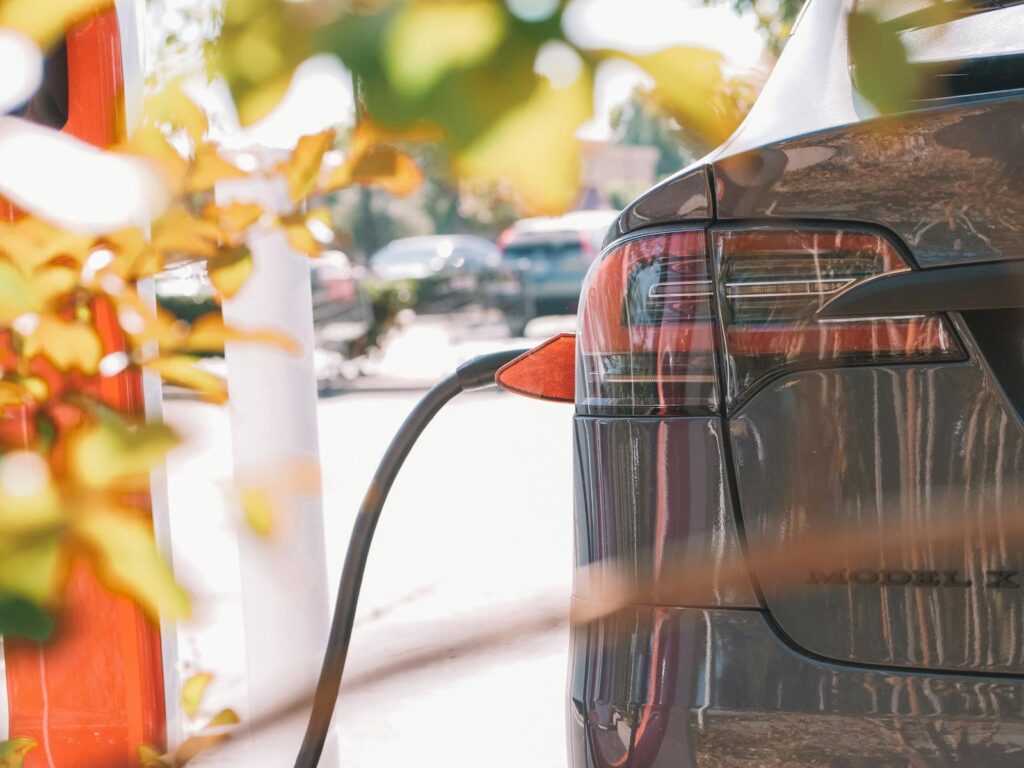
7. **Essential Coverage for Charging Infrastructure**Home charging stations are an indispensable convenience for electric vehicle owners, but their installation can represent a significant investment, often costing between $500 and $2,000. This essential piece of EV ownership, however, introduces a new insurance consideration. Standard auto insurance policies, traditionally designed for internal combustion engine vehicles, often do not explicitly cover these specialized home charging setups.
Recognizing this gap, insurers are increasingly offering specialized coverage for charging infrastructure. This innovation helps alleviate “range anxiety” not just by ensuring access to power, but by protecting the investment in the charging equipment itself. Policies may now include protection for wall-mounted chargers, the associated wiring or electrical systems, and damages due to surges or installation errors. Some advanced coverages even extend to portable chargers and public charging cables if they are vandalized or damaged.
This additional layer of coverage is a direct response to the evolving EV lifestyle, where charging equipment is as integral to the vehicle’s function as the vehicle itself. It can often be bundled into existing auto or homeowners insurance policies, providing a seamless and comprehensive approach to protecting the entire EV ecosystem. For EV owners, it is crucial to review policies carefully to ensure that their home charging stations are adequately protected against perils like accidents, theft, or fire, especially considering potential fire liability caused by charging cables.
Moreover, some policies may also offer reimbursements for public charging costs, further enhancing the financial security and convenience for EV drivers. This demonstrates a proactive adaptation by the insurance industry to the unique needs of electric vehicle ownership, ensuring that all components vital to the EV experience are safeguarded. Securing this type of coverage is a practical step for any EV owner to protect their valuable investment in charging infrastructure.
Read more about: The Road to 100,000+ Miles: Essential Lessons from Long-Term Single-Car Ownership
8. **Leveraging Telematics for Personalized Premiums**The inherent connectivity of electric vehicles, which generate vast amounts of driving data, has opened new frontiers for insurance providers through telematics. In 2025, usage-based insurance (UBI) programs are gaining significant traction, allowing insurers to monitor driving habits and personalize premiums based on actual usage rather than traditional, broader risk factors. This represents a fundamental shift in how insurance rates are determined, moving towards a more individualized and equitable pricing model.
This data-driven approach to insurance benefits both parties. Insurers gain a more accurate understanding of individual risk, leading to more precise pricing and improved underwriting. For drivers, it offers a tangible reward for responsible driving, allowing them to take an active role in managing their insurance costs. The technology is already built into most EV models, making participation in these programs straightforward and accessible.
The shift towards telematics-driven insurance also caters to tech-savvy users who prefer digital policy management and app-based interactions. It’s an ideal solution for those who drive less than 10,000 miles per year, with pay-per-mile options becoming increasingly popular. By embracing UBI, EV owners can align their insurance costs more closely with their actual driving patterns, potentially unlocking significant savings that traditional models might overlook.
Read more about: Why Your Trusted Older Car Might Secretly Be Draining Your Wallet: Unpacking Unexpected Insurance Premium Hikes
9. **Unlocking Green Incentives and Eco-Friendly Discounts**As the world collectively leans towards sustainable practices, the insurance industry is responding with initiatives that reward environmentally conscious choices. In 2025, many insurers are actively offering “green discounts” or eco-friendly incentives to electric vehicle owners. These programs are designed to encourage sustainable driving and align with broader efforts to promote a greener planet, providing a tangible benefit beyond the environmental impact itself.
These incentives can take various forms, offering several avenues for EV owners to reduce their premiums. For instance, some providers may offer discounted premiums specifically for driving an electric vehicle, acknowledging their lower emissions footprint. Other eco-rewards might be tied to demonstrating low-emissions driving habits or participating in carbon offset programs. An example cited is Geico, which offers a 10% discount for electric and hybrid cars, a direct financial perk for choosing an eco-friendly vehicle.
Furthermore, some insurers are going a step further by offering lower rates for policyholders who charge their EVs with renewable energy sources, such as home solar power. This innovative approach recognizes the holistic nature of sustainability, rewarding drivers for not only choosing an EV but also for powering it in an environmentally responsible way. Such incentives reflect a growing trend where insurers integrate environmental stewardship into their pricing models.
For EV owners, proactively inquiring about these green discounts is a smart financial strategy. These eco-friendly incentives, often ranging from 5% to 20% off premiums, can significantly offset the higher base costs sometimes associated with EV insurance. By aligning with these programs, drivers can not only protect their investment but also contribute to a more sustainable future while enjoying financial rewards.
Read more about: 14 Simple, Smart Ways to Get Free or Cheap Roadside Assistance Beyond AAA

10. **The Impact of Automaker-Insurer Partnerships**A notable shift in the 2025 EV insurance landscape is the burgeoning trend of direct involvement by automakers in the insurance business, either by offering their own plans or through strategic partnerships with established insurers. This evolution marks a significant market adjustment, as companies like Tesla, Rivian, and Ford are leading the charge in providing built-in insurance options at the point of vehicle purchase. This integrated approach is designed to streamline the ownership experience for EV buyers.
These automaker-insurer partnerships often leverage the sophisticated telematics systems already integrated into electric vehicles. This direct access to vehicle data allows for more precise risk assessment and personalized pricing, potentially offering more competitive rates than traditional policies. The close collaboration can also lead to more efficient claims processing, as automakers have deep knowledge of their vehicles’ unique components and repair methodologies, particularly regarding high-value parts like batteries and advanced driver-assistance systems.
The convenience factor is a major draw for consumers. By offering insurance directly at the time of purchase, automakers simplify a crucial step in vehicle ownership, making the transition to an EV smoother. These integrated offerings can provide tailored coverage that precisely matches the vehicle’s specifications, including specialized protection for battery packs, software systems, and advanced technology that might not be standard in all traditional insurance policies.
While these plans offer convenience and sometimes competitive pricing, it is still crucial for EV owners to compare these automaker-provided options with quotes from traditional EV-friendly insurers. The goal is always to find the most comprehensive coverage at the most cost-effective rate. However, the expansion of these partnerships underscores a maturing market where all stakeholders are adapting to the distinct requirements and opportunities presented by electric vehicle ownership.
For every EV owner, the journey through these changes needn’t be daunting. By staying informed about the latest policy enhancements, actively comparing quotes, and strategically utilizing available discounts and innovative programs, you can secure comprehensive protection for your electric investment. The focus remains on making educated decisions that not only safeguard your vehicle but also contribute to a more sustainable and financially sound future. Embrace the electric era with confidence, knowing that the right insurance strategy is within your reach, ensuring peace of mind on every silent, powerful mile.

